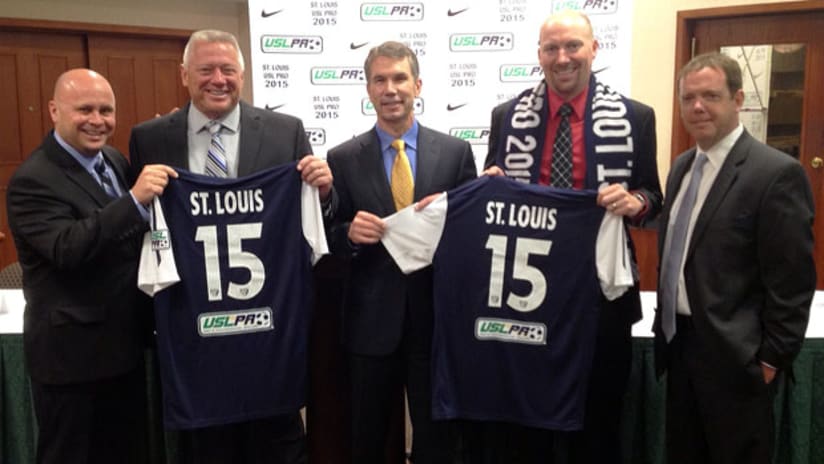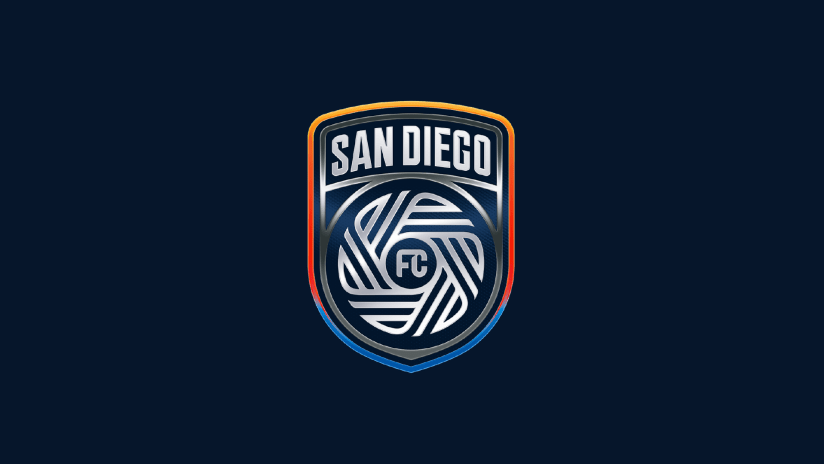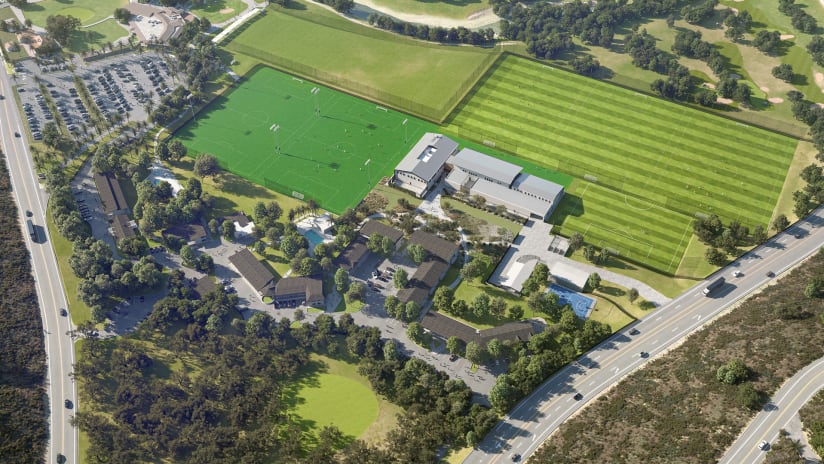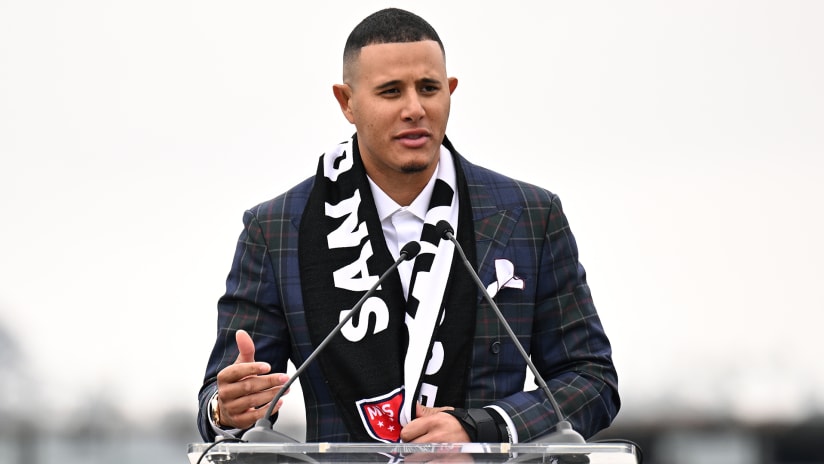Go back as far as you want to in the history of soccer in the United States. Pick any era you fancy. Odds are that, once you’ve dusted for prints, you’ll find a trace – maybe large, maybe small – of the city of St. Louis.
It’s certainly made its mark on the modern game, producing MLS greats like Taylor Twellman, Steve Ralston, Brad Davis and Chris Klein. But you couldn’t even call that St. Louis’ Golden Age. From 1959 to 1974, the St. Louis University Billikens won 10 NCAA titles and were runners-up three additional times.
And, proud Missouri soccer fans will note, St. Louis provided five of the 11 Americans who went to the 1950 World Cup and pulled off the upset of the century: a 1-0 win over England in Belo Horizonte.
And yet, somehow the city has avoided being included in the MLS fold for nearly 20 years. Even more stunning for a city with such a storied history, apart from the indoor Ambush, there’s no professional soccer to be found at the moment in St. Louis.
That’s going to change soon. USL PRO announced on May 1 that it had awarded the city a franchise to begin play in 2015. It’s a welcome respite from a history of failed franchises in a city where professional soccer is supposed to thrive.
“We’ve had the St. Louis Stars, that wasn’t very successful,” Twellman says, reeling off the list of defunct St. Louis teams. “We’ve had indoor, which was successful for a couple of years in the St. Louis Steamers. Then you had the Ambush. Then you had [AC St. Louis], that didn’t last that long. It’s been tried.”
The Stars were one of the NASL’s least glamorous clubs from 1968 to 1977, when they moved to Los Angeles. The Steamers had two abortive incarnations in MISL before finally being put to rest in 2006, while the Ambush spent eight years in the indoor NPSL before folding in 2000. The current incarnation of the team finished its first MISL season on May 3.

A team photo of the 1973 St. Louis Stars, which featured a number of future US national team players. The club relocated to Los Angeles in 1977. (Jeff Drake/nasljerseys.com)
It’s a testament to the allure of St. Louis and its history as an American soccer mecca that that track record has done nothing to dampen enthusiasm for the city’s prospects as a professional outdoor soccer market. According to Jim Kavanaugh, the president of youth superclub St. Louis Scott Gallagher, both the USL and NASL reached out to float the possibility of partnering with the club to bring a professional team to St. Louis.
“I would say, personally, I did not have [securing a professional franchise] way up on the list,” Kavanaugh tells MLSsoccer.com. “My first focus was really stabilizing the club… When I took over I said, ‘First things first. We’re going to get things organized. We’re going to make sure we can operate the club profitably and that this thing is going to sustain itself, and then if we can do that then we’ll look at other opportunities to expand and grow.’
“I would say timing [for a USL PRO club] was good across the board.”
Kavanaugh’s involvement with SLSG is just a blip on the timeline of a club that has been around since 1970, but according to Twellman, “you’re talking about someone who lives and dies for the sport of soccer in St. Louis.”
Kavanaugh played soccer at SLU in the 1980s before he graduated with a marketing degree. He played a few professional seasons before he left the game to start his own business nearly 25 years ago.
As his kids grew up – his 25- and 20-year-old daughters no longer play, but his 18-year-old son is going to the University of Dayton to play soccer next season – Kavanaugh became more and more interested in getting back involved with the city’s soccer scene in a greater role.
“I have a significant passion for the game,” he says. “But I also felt this was a good way to give back to kids in the community, give back to the game of soccer and stay involved with something that I really enjoy.”
Perhaps the biggest asset he brings to the table, however, is his business accumen. Today the company he founded in 1990 – St. Louis-based World Wide Technology – is a multibillion-dollar corporation with offices all over the world, and he’s been part owner of the NHL’s St. Louis Blues since 2012.
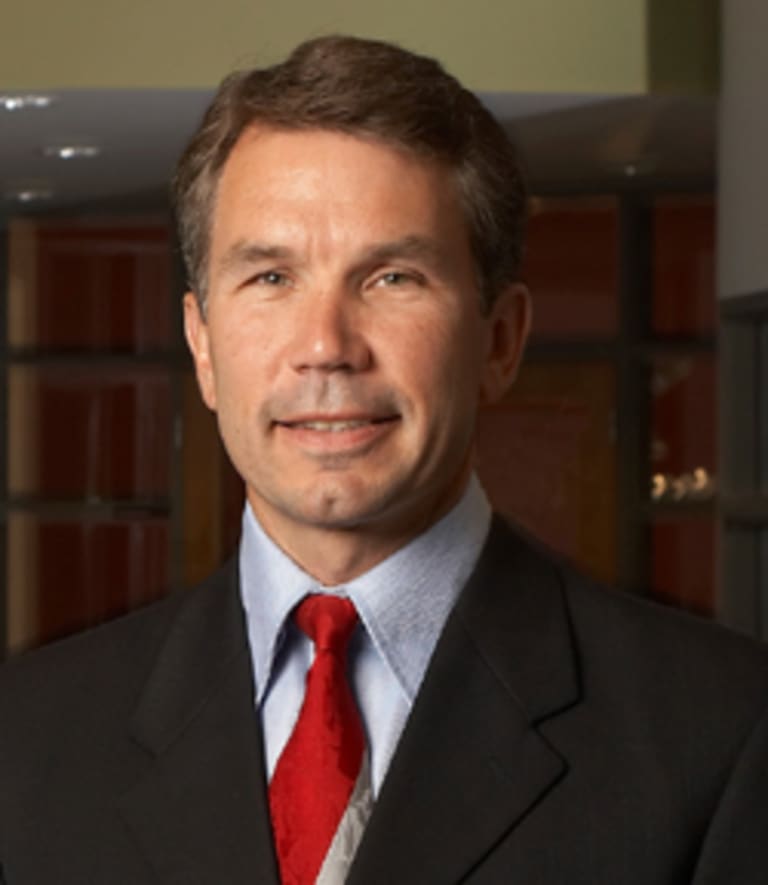
St. Louis Scott Gallagher club president Jim Kavanaugh says that while professional soccer in the city should thrive, "I don’t think we’re really going to know until opening night." (St. Louis Soccer Hall of Fame)
“There are three sort of primary categories that you’re looking for when you make a decision that you’re going to expand into a market,” USL president Tim Holt tells MLSsoccer.com. “You’re looking at the market’s history of support of professional soccer, and St. Louis would be on anybody’s shortlist nationally… No. 2 would be, what’s the existing venue set-up. Is it appropriate for our league? St. Louis Soccer Park [where the team will play] is ideal. It’s perfect.
“But both of things have been in place in previous situations. The differentiator here for us is the ownership group and the management team. It’s about people, and it starts at the top with Jim Kavanaugh.”
There are other reasons for optimism. Neither Kavanaugh nor Holt would confirm rumors that the club will become the USL PRO affiliate for the Chicago Fire, but both are optimistic that the team will land an MLS affiliate, and Kavanaugh says they are in discussions with the Fire and are “very interested” in partnering with them.
More importantly, the biggest hurdle that faces most new clubs – a stadium – has already been cleared. Kavanaugh has already helped SLSG buy St. Louis Soccer Park, a 6,000-seat facility in Fenton, Mo., and he says up to 4000 seats could be added if need be.
“We own the facility. We own the fields. We own the team, and we own the amateur club,” Kavanaugh says. “There is a sunk cost in infrastructure that is in place today that requires minimal investment to actually manage and lead a USL PRO team.”
Kavanaugh says SLSG could host a match this weekend if he had a team to put on the field for head coach Dale Schilly. Just putting on a game, however, isn’t the mark of a successful franchise. The surest symptom of health for a fledgling club is getting fans to come to the game.
And that, Kavanaugh says, is the biggest “unknown” for the club heading forward.
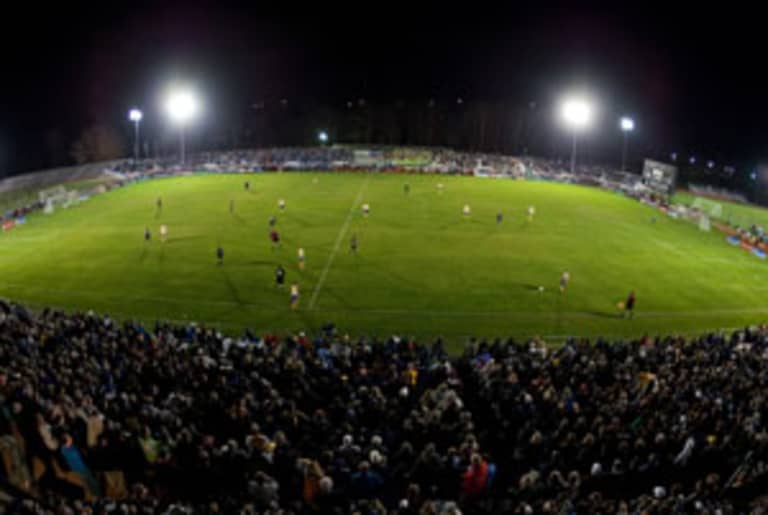
The new USL PRO team in St. Louis will play at St. Louis Soccer Park, a 6000-seat facility in Fenton, Mo. Kavanaugh says an additional 4,000 seats can be added if necessary.
(St. Louis Scott Gallagher)
When he spoke to MLSsoccer.com, Kavanaugh was in California on business for World Wide Technology. The conversation turned toward one of St. Louis’ opponents in 2015, the expansion Sacramento Republic. The club has sold out 20,231-seat Hughes Stadium in two of their three USL PRO home games in its debut season.
“That’s incredible…” Kavanaugh says. “Hats off to them in a big way to draw that kind of number, which is just incredible.”
And maybe a little daunting. St. Louis have already sold “a couple hundred” season tickets for next year, but there isn’t any really scientific data to forecast attendance yet.
“The interest [in St. Louis] seems very good across the board just as we poll the community, and anecdotally talking to different people,” Kavanaugh says. “But I don’t think we’re really going to know until opening night.”
Whatever other history of success soccer has had in St. Louis, professional teams haven’t been part of it. Clubs have been built, but the crowds haven’t come. That’s the problem to be overcome for Kavanaugh and his group.
And until opening night in 2015, it’s going to be the big unknown for everyone involved with this new venture.
While Twellman insists that a downtown soccer stadium would one day translate into a successful MLS franchise, he won't be sold until he sees the fans' support of their newest team.
“Do I like the idea of USL? I do, because there will be an affiliation with a Major League Soccer club and St. Louisans will take pride in seeing young players come through the ranks and then making it, whether it’s with the national team or moving on to higher levels,” he says. “But am I 100 percent sure it will be successful? I’m not. It’s a wait-and-see for me.”

